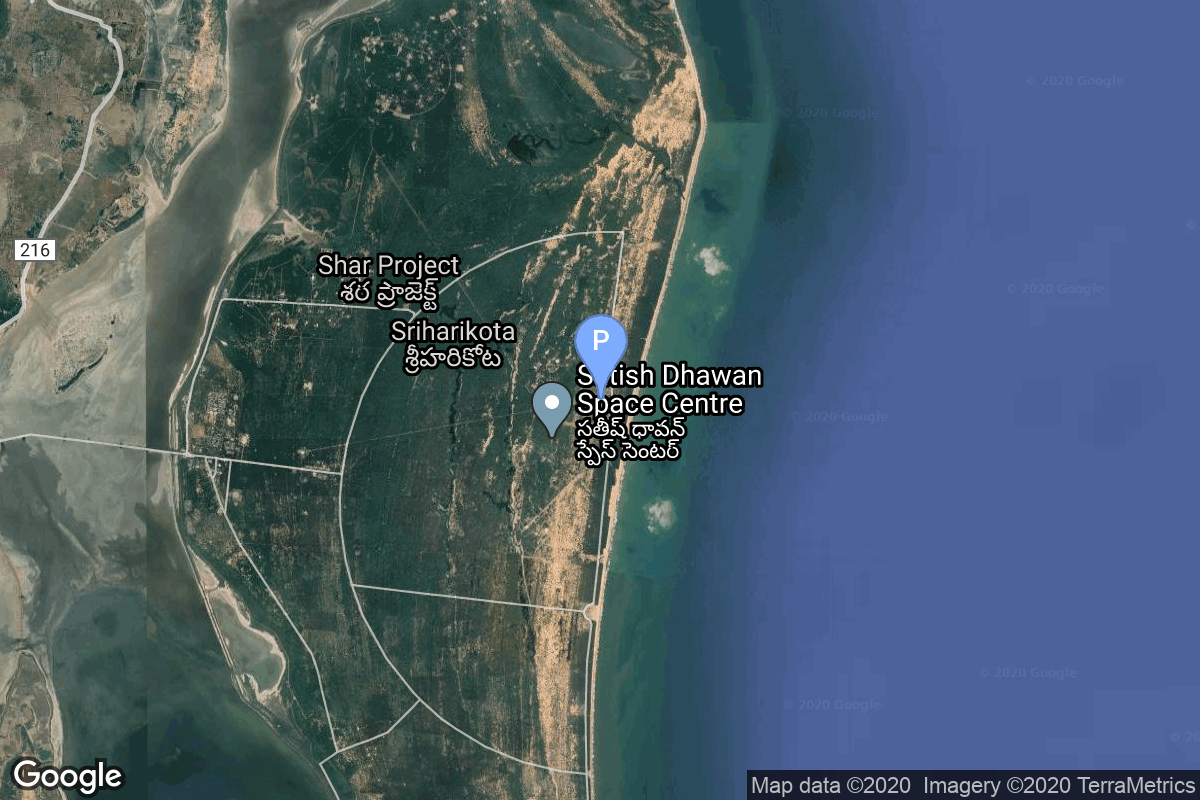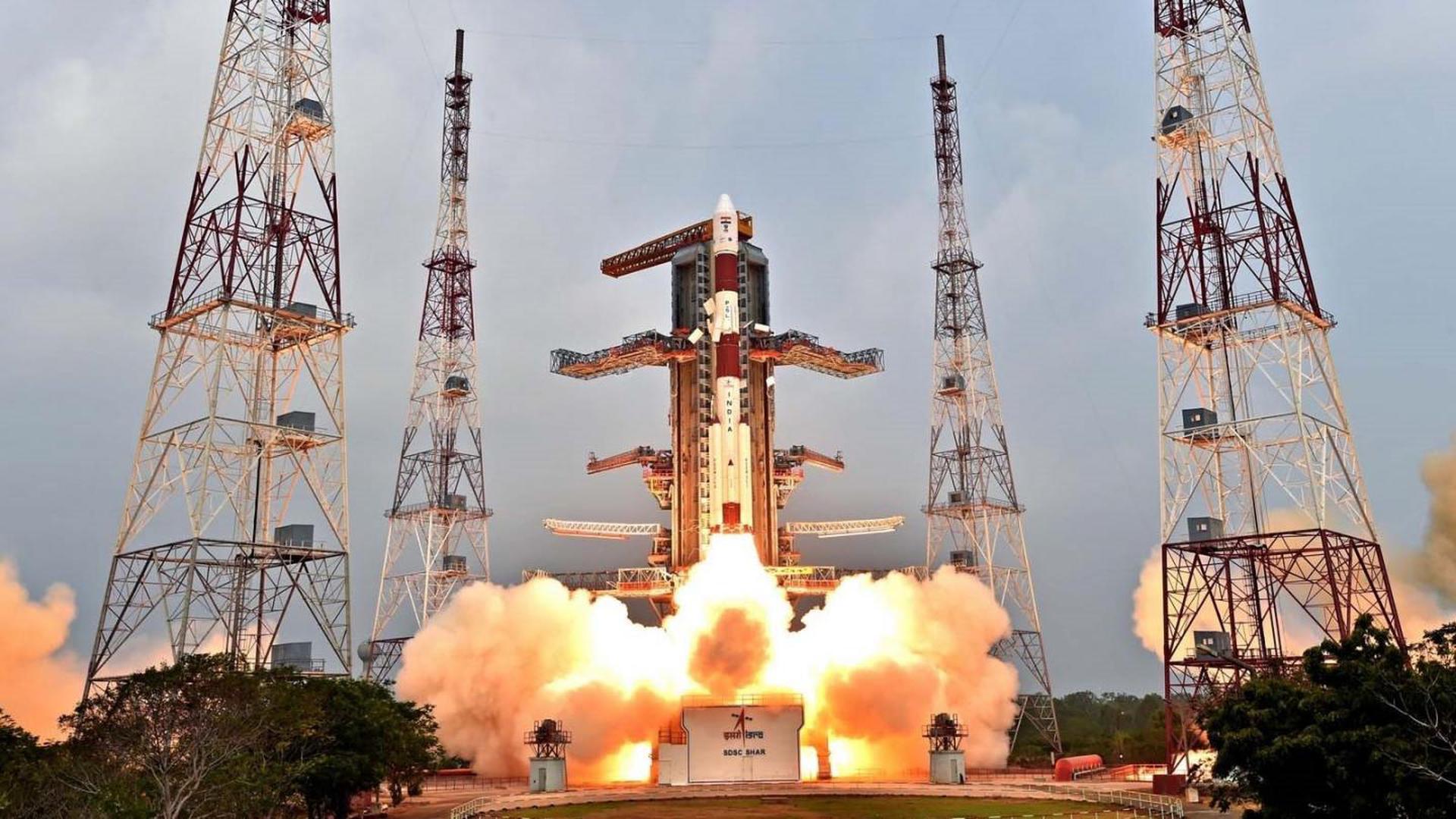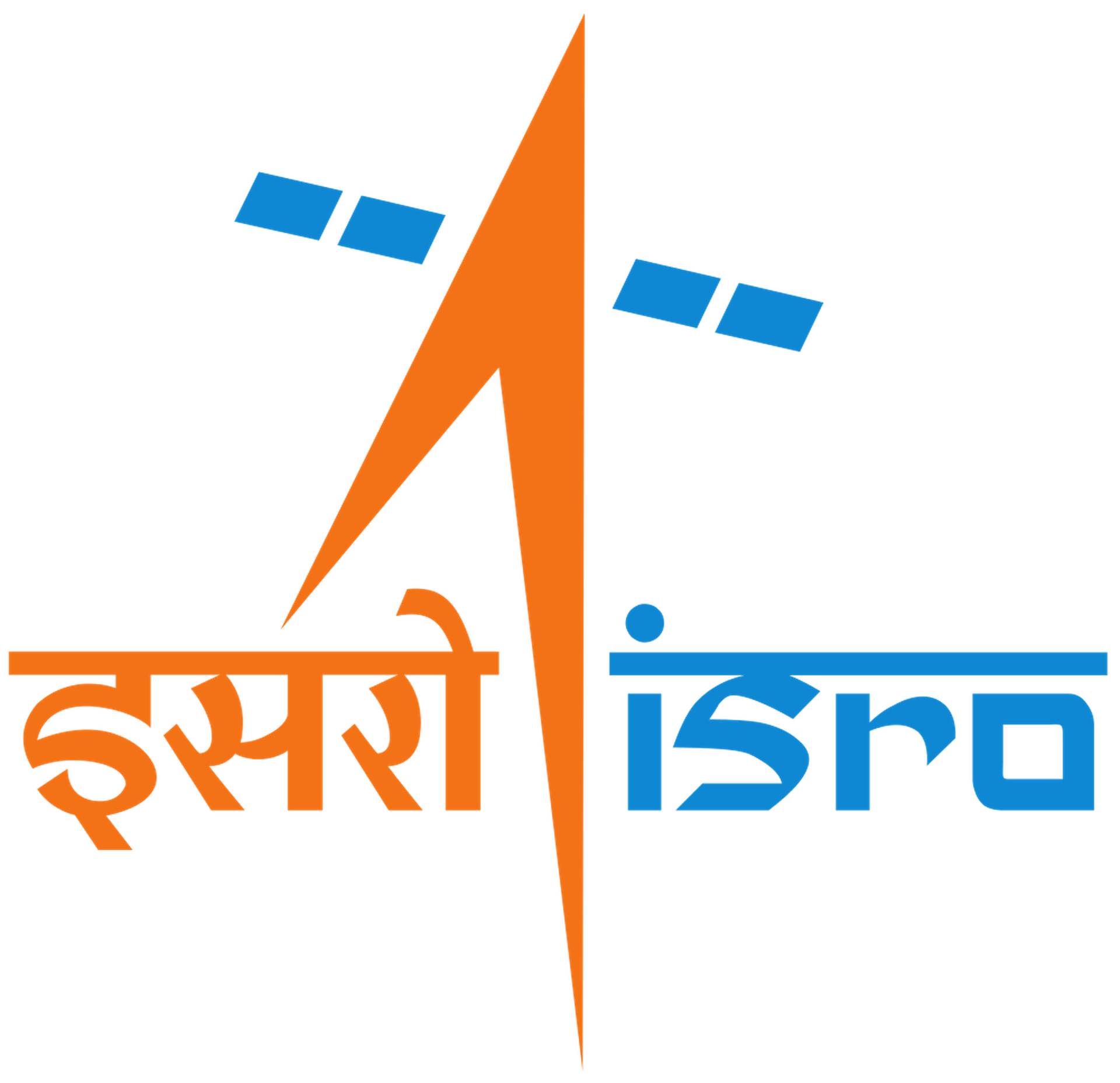EOS-4 (RISAT-1A)
PSLV-XL
Indian Space Research Organization
Mission
EOS-4 (RISAT-1A)
- Type: Earth Science
- Orbit: Sun-Synchronous Orbit
EOS-4 (also known by the old designation RISAT 1A) is a radar remote sensing satellite.
Location
Rocket
Indian Space Research Organization PSLV XL
PSLV-XL is the upgraded version of Polar Satellite Launch Vehicle in its standard configuration boosted by more powerful, stretched strap-on boosters with 12 tonne propellant load. Weighing 320t at lift-off, the vehicle uses larger strap-on motors (PSOM-XL or S12) to achieve higher payload capability. On 29 December 2005, ISRO successfully tested the improved version of strap-on booster for the PSLV. The first use of PSLV-XL was the launch of Chandrayaan-1 by PSLV C11. The payload capability for this variant is 1,800 kg to SSO.
Agency
Indian Space Research Organization
The Indian Space Research Organisation (ISRO) is the space agency of the Government of India headquartered in the city of Bangalore. Its vision is to “harness space technology for national development while pursuing space science research and planetary exploration.”



All the very best to our friends at ISRO have rocket will travel folks .
Great launch and video coverage and the graphics were helpful.
Well done to all at ISRO.